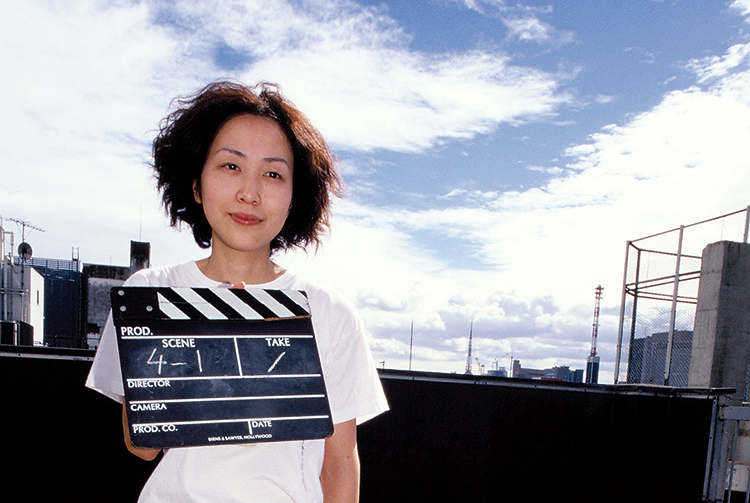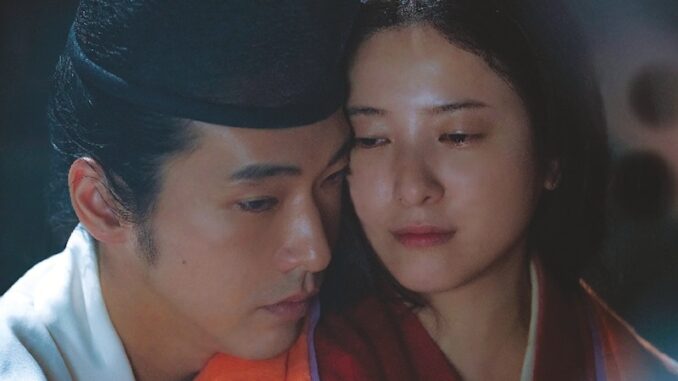
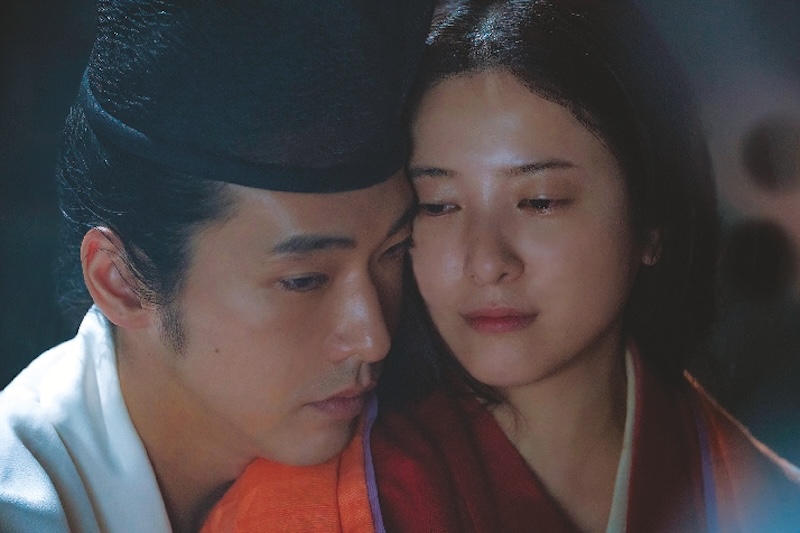
Emoto Tasuku and Yoshitaka Yuriko, respectively as Fujiwara no Michinaga and Mahiro (Murasaki Shikibu), light up the soap opera with their talent. / NHK
For its Sunday soap opera, this year, NHK has chosen to focus on the author of The Tale of Genji.
Hikaru kimi e (Dear Radiance for the foreign market) is NHK’s latest taiga drama (historical TV drama). Putting aside for once the world of fighting samurai exemplified by last year’s work on Tokugawa Ieyasu (add link), Japan’s public broadcaster has struck out into almost unknown territory by exploring the glittering world of the Heian nobility and the life of Murasaki Shikibu, a writer and lady-in-waiting at the Imperial Court who is best known as the author of The Tale of Genji, widely considered to be one of the world’s oldest novels.
The drama centres around the strong bond between Murasaki Shikibu and Fujiwara no Michinaga, a statesman belonging to the powerful Fujiwara clan, which controlled the political scene in those years. Michinaga is also said to be the model for Hikaru Genji, the main character of The Tale of Genji.
Zoom Japan talked with NHK producer Uchida Yuki and scriptwriter Oishi Shizuka about the drama, Murasaki’s complex personality and the little-known world of the Heian period (794-1185). Uchida is known for her work with asadora, TV dramas that air every morning in 15-minute instalments and typically centre on the life of a female heroine who faces challenges while working to achieve her dreams. Oishi is a veteran writer who, since making her debut in 1986, has mainly worked in television, winning multiple awards for her dramas. Hikaru kimi e is her second taiga drama since 2006.
Hikaru Kimi e is a story that deals with the second oldest era in the history of taiga dramas. Why did you choose the Heian period and Murasaki Shikibu as the protagonist?
Uchida: In most taiga dramas, the main characters tend to be male, so when we were planning this project, director Nakajima Yuki and I decided to cast a female lead for the first time in seven years. This posed a problem because during the samurai era, women tended to be in a subordinate position. However, we wanted our story to focus on an independent-minded woman who was in charge of her life. In the end, we chose Murasaki because her novel, which was presumably written between about 1000 and 1012, is known by everybody in Japan and there are very few people, male or female, who have achieved something like this.
In terms of subject, this is definitely not your typical taiga drama. What kind of challenges did you face in the production process?
Uchida: We faced a number of problems. Probably the biggest one was that it is set in the mid-Heian period, an era we had never done before and for which NHK did not have specific technical sets or costumes. So we had to start from scratch and learn about everything, from food and clothing to what objects they were using as well as social customs and a million other things. We constantly asked historians questions to discover more details. It was also important that not only the staff but also the cast acquired a deep knowledge of costumes, furniture, etc. It was a big hurdle, but working on this project was also hugely rewarding.
Apart from that, though there is a love story, another big aspect is the political power struggle between the aristocrats. Indeed, this is that rare taiga drama that centres on aristocratic society yet has almost no battles. Last but not least, we’re portraying a writer (so no flashy battle scenes) about whom almost no historical records exist.
However, we agreed that if we could get Oishi on board to write the story we could pull this off.
Oishi: When I received their offer, I was very happy to be doing a taiga drama again, but I was also worried about who would watch this unfamiliar Heian-period drama. However, both Uchida and Nakajima felt a strong desire to take on a world that had never been portrayed before, so I decided to join them in creating a drama that would surprise viewers.
Uchida-san, you are mainly known for being in charge of morning dramas. How did you approach a high-budget year-long TV production?
Uchida: Obviously, asadora and taiga dramas are quite different. At the same time, morning dramas are usually stories about one woman’s growth, so you might view Hikaru kimi e like a much bigger asadora. Indeed, it’s a fairly large-scale project and many people are involved in its production. However, in a taiga drama, it’s necessary to depict not only the growth of the main character but also the historical background and social ups and downs in a more dynamic manner, so in the end it’s completely different.
Oishi: My job as a scriptwriter is to depict human beings, and the way I interact with them is not that different from ordinary commercial TV dramas and historical dramas. As for the job of portraying people, size and genre don’t really matter. The biggest challenge for me was that I couldn’t write about the Heian period without enough information, and my knowledge of that era only amounted to the few things I had learned in junior high and high school. So I had to do a lot of catching up.
Do you think that most Japanese don’t know much about Murasaki Shikibu and The Tale of Genji?
Oishi: All Japanese people have heard of Murasaki Shikibu and The Tale of Genji and know that it is a story about the romantic life of a handsome man named Hikaru Genji. However, they have no idea what the social situation was like during the Heian period, and the general impression is that the aristocrats of that time lived a leisurely life, writing poetry and having romantic adventures. In this sense, I’m sure viewers are surprised by the world portrayed in our story.
Uchida: In Japanese high schools you get to read The Tale of Genji only if you join a special class or literary circle. Otherwise, we only read a few pages, usually from the beginning of the story. Even in history classes, they don’t teach much about the Heian period. The fact that the Fujiwara clan were more powerful than the Emperor and made their daughter marry into the imperial family to control the country better, is something that is only mentioned in some textbooks, and I don’t think many people know about it. But when the drama first aired in January, people were quite interested in it. After all, the Heian period was a time when the aristocrats looked very elegant, and a lot of literature and culture emerged during that era.
I guess in this case, the power of television can be used in a positive way. There are quite a few people who until now had never really thought about reading The Tale of Genji and only knew Murasaki Shikibu by name, but after watching the drama, they have become interested and decided to learn more about this subject.
What are some of the highlights of Hikaru kimi e in your opinion?
Uchida: There are many, but I’ll limit myself to three of them. The main one is Murasaki Shikibu herself. She was a woman who though living a thousand years ago in a male-dominated society, was able to make her dreams come true. Her life, the way it unfolds, and her relationship with the other characters make for a fascinating story. What kind of life does she lead, and how does she evolve into a great writer? These elements are the core of the drama.
The second thing is her relationship with Fujiwara no Michinaga. He was, of course, a real person who has gone down in history as someone who had a lot of power. He was probably her patron when she wrote The Tale of Genji and they had some sort of romantic relationship. However, they had a complex relationship, becoming very close at times and taking different paths at others.
The third highlight, of course, is the aristocratic milieu in which Murasaki lives. While those people were competing for power, and their world may seem so distant from us, they still felt happy and worried in ways that are quite similar to us. In some respects, it’s quite similar to Japan today, so I hope that people who watch the drama will think that we share the same desires and aspirations.
Oishi: It’s quite difficult to mention just a few high points. To me, the whole series is full of highlights (laughs)! That said, I find the sets just look great. The splendid work by the art department visually transports the viewer to the Heian period. I believe you’ll enjoy it both as a love story and an exciting tale full of intrigue.
Uchida-san, what do you think of Oishi-san’s script?
Are you asking me to praise her work in front of her (laughs)! Joking aside, Oishi-san said earlier that in some respects there is no difference between modern and historical works, and I find she really succeeded in creating a vivid picture of those characters, their personality and the kind of life they led in the Heian period. What’s more, she avoided falling into stereotypes. Sometimes you see someone on TV and you think, that’s not how real people are. That doesn’t happen in Hikaru kimi e. I guess Oishi’s greatest achievement was to portray three-dimensional characters who act and speak like real people. Another thing is that the script is full of humour, so it’s fun to read.
In the story, Murasaki is called Mahiro.
Yes, that’s the name we chose for her.
Do you mean it’s a fictional name? What about Shikibu?
Uchida: First of all, you must understand that we know very little about Murasaki’s life because historical materials relating to her were completely destroyed during the Onin War in 1467. What we know is that she became known as Murasaki Shikibu later in life. So we had to pick a name for her and we ended up choosing one – Mahiro – that could be given to both a boy and a girl, as is sometimes the case in Japan. In this sense, Mahiro is not a very feminine name, but a bit androgynous. That was intentional; we were trying to imagine someone who was able to carve her own path and live life to the fullest without being bound by social rules and conventions.
So, is Murasaki Shikibu a sort of pen name?
Uchida: Not really. Murasaki Shikibu is a descriptive name. As I said, her real name is unknown.
At that time, women were not called by their own names. A court lady, in particular, took a name referring to the rank or title of a male relative. Thus, Shikibu is not a real name but refers to Shikibu-sho, the Ministry of Ceremonials where Murasaki’s father was a functionary.
As for Murasaki, it gets even more complicated. She was born into the Fujiwara family. The “Fuji” in Fujiwara means “wisteria” which is often coloured purple or lilac. Now, the Japanese for purple is murasaki. It appears that Shikibu started to be called Murasaki at court after Murasaki no Ue, the main heroine in The Tale of Genji. In other words, the name Murasaki Shikibu was bestowed on her after she wrote the novel. I know, it’s quite confusing.
Yes, it’s confusing but extremely fascinating. Speaking of the Heian period, what approach did you take in writing about this era? And what do you want to convey through your work?
Uchida: Taiga drama fans are used to watching stories set in the Sengoku period and have come to expect certain climaxes such as the Honnoji Incident (1582) and the Battle of Sekigahara (1600). We, on the contrary, are telling a story that nobody knows, which on one hand is a big challenge but on the other is great fun because nobody knows what will happen next. Personally, I think that a tale of human struggle is just as thrilling as war. Indeed, it can be even more interesting than a story where you already know that Nobunaga is going to die in the Honnoji Incident.
Hikaru kimi e features heartbreaking love stories, vivid power struggles and philosophical themes, so I think it will appeal not only to traditional taiga drama fans but also to fans of Korean historical dramas and romantic tales.
Oishi: It’s quite difficult to say in a few words as this is a drama that spans a whole year. The Heian period is often seen rather negatively as a world of lazy aristocrats with a lot of power who spent their days playing around. On the other hand, the favourite era for taiga dramas is the Sengoku period (1467-1590) because it’s full of famous warriors (Oda Nobunaga, Toyotomi Hideyoshi, Tokugawa Ieyasu, etc.) who valiantly fought for supremacy. However, I often ask myself, how is it possible that an era where people constantly killed each other en masse can be seen as noble and wonderful?
The Heian period, on the contrary, does not enjoy a good reputation. It’s often portrayed as a time of intrigue and power struggle among privileged aristocrats who don’t care for ordinary people. However, while working on our script, we secured the assistance of Kuramoto Kazuhiro, a leading Heian period history professor, and he said that though, indeed, some of those things are true, it was also an era when everything could be resolved through discussion and mediation. That was something that we wanted to emphasize in the story. After all, they created a world without major wars for 400 years, demonstrating a high level of politics that is still relevant today. Also, Kuramoto said that in times when there were natural disasters, the ruling class helped people and built huts for those who had become homeless.
The next important point is how to depict Murasaki Shikibu. I would like to portray her as a woman of low social status who, with her strong powers of observation and keen critical spirit, flourishes as an expressive artist. Her appearance is reminiscent of an independent, modern woman. Well, when you think about it, people’s hearts today are not much different from how they were 1,000 years ago.
But Hikaru kimi e is not only about the aristocracy. We found that apparently there were only about 1,000 aristocrats during the Heian period, and I don’t really know how many people lived in Japan at that time, but the aristocrats probably accounted for about 0.01% of the population. Only focusing on their world would be a little biased, so I decided that I needed to present ordinary people’s perspective too. That’s why I created the character of Naohide, a member of the Sengaku troupe, which performs satirical plays in the streets to humorously criticize the political and social contradictions of the time. This way we could show dissatisfaction with the political regime and opposition to the Fujiwara through the eyes of ordinary people.
You underlined the fact that the life of Murasaki Shikibu is shrouded in mystery. But was it, really?
Uchida: It’s said that Mahiro lost her mother when she was young and lived in relative poverty. Those things made her into a woman who was acutely aware that life was a constant struggle. While developing her uncommon literary skills, she realized that in order to achieve something she had to follow her own path in life.
She was not only highly intelligent but had different aspirations from other women. Though she married, she didn’t just want to be someone’s wife like the average aristocratic woman of the time. At the same time, she developed feelings for Fujiwara no Michinaga, but though Michinaga asked her many times to become his wife, she refused, feeling that she did not want their marriage to distract her from her mission.
Oishi: Taiga dramas are based on the idea that they must not betray the historical facts on which they are based. Therefore, while the writers are creating fiction, they have to adhere to their historical source materials; the story must be believable. Unfortunately, there is absolutely nothing left about Murasaki Shikibu from the Heian period, particularly about her childhood and early life. At the same time, thanks to that, Uchida-san, director Nakajima and I had a lot of freedom and were able to create an original work.
But to answer your question, although we call Murasaki an author, she wasn’t a professional writer in the sense we give to that word today. Still, she had the qualities of a writer. She was exposed to many different things in her life, but always tried to be true to herself. As a consequence, she was probably a difficult person, not someone who tried to please others. If I had lived a thousand years ago, I don’t know if we would have been friends. So my script depicts a very difficult woman. However, Yoshitaka Yuriko, the actress who plays Murasaki, is very cute and charming, and has the skill to smooth out some of the harshness in her character, giving her just the right amount of charm.
Tell me more about Yoshitaka. Why did you choose her to play Murasaki?
Uchida: When we set about creating Mihiro’s character, we all agreed that we didn’t want to portray a one-dimensional woman. During the Heian period, attitudes toward marriage and divorce were in some respects more liberal than today. It was also an era in which husbands and wives kept separate households. Women’s surnames did not change even if they got married, and their children were raised alongside their mothers. Still, women were not just free to do whatever they wanted or choose their own path in life, and the patrilineal system was still followed.
Murasaki, however, was quite unconventional. For example, she lived in her father’s household. When the time came to choose our leading actress, I wondered who would be able to portray a woman with a strong character who wants to live a certain kind of life despite certain social restrictions. Eventually, we agreed that Yoshitaka was the perfect fit for the image we had in mind.
Also, I must point out how good Yoshitaka looks in Heian-period costumes. She fits the image of the typical Japanese woman of that time, with long, beautiful hair, and I find the junihitoe [a formal court dress worn by noble women and ladies-in-waiting at the Japanese Imperial Court composed of a number of kimono-like robes, layered on top of each other] definitely suits her.
Oishi: Yoshitaka has a very bright and energetic yang side, but she also has the so-called yin of sadness and loneliness, and this balance of yin and yang mirrors Murasaki’s difficult side.
Another important character in Hikaru Kimi e is Fujiwara no Michinaga who is played by Emoto Tasuku. What kind of relationship do they have in the drama?
Oishi: Historically speaking, they lived in a small area of the same city, an environment in which it would not be surprising for them to be romantically involved. But we know that they were never married. The way we portrayed their relationship is that their souls were so connected that they were able to get on with their lives because of the other’s presence. Let’s say they have an emotional connection that goes beyond love. They may not always get along, and their feelings towards each other may be at times contradictory, but they have come to think of themselves as two halves that together make a whole.
Uchida: Another important thing about Michinaga is that many commentators tend to give the impression that he was an extremely arrogant and dictatorial man. This information is even included in junior high and high school textbooks. People think that the Fujiwara clan was tyrannical in its political practice. Again, that doesn’t seem to be the case. According to Kuramoto, Michinaga was an excellent politician who was able to keep the peace by skilfully orchestrating and controlling all the different factions and their relationships with the emperor. I hope that through this drama we will change our perception of the Heian period.
This is probably something I should ask the actors, but do you think it’s difficult for modern performers to play characters from the Heian period?
Uchida: I think Oishi’s screenplay is written in such a way that actors feel comfortable with playing characters from 1,000 years ago. More than the acting itself, I would say that the most challenging thing for the actors was getting used to moving and acting while wearing those heavy Heian-period costumes.
Oishi: I think so too. I believe that people’s hearts have not changed with time. When you think about it, the feelings you have for your parents, your siblings, or the person you love are still the same, regardless of how old those people are.
Uchida-san, you work a lot with morning TV dramas. After watching Hikaru kimi e, I felt that maybe you were aiming for a new audience this time. For example, I don’t really know who is watching TV dramas in Japan these days, but I imagine that many of them are women. So, am I right to think that you have tried to appeal to that kind of audience?
Uchida: I guess you’re right, at least in part. As I said, taiga dramas tend to focus on wars and feature samurai from the Sengoku period, which generally appeal to male viewers. This time, I wanted to create something that more women would feel comfortable to watch. At the same time, we don’t want to lose our traditional fan base, so I asked Oishi to take care of that aspect of the story as well.
Oishi: I’ve heard that according to NHK’s survey results, this year we have many female viewers, but I must say that I’m not overly concerned with that. When I create something, I don’t think about a so-called target audience, or what demographic we should appeal to. Even this time, I didn’t especially have women on my mind while I was writing my script. To be clearer, my job is to come up with an interesting story and weave that story with lively dialogue. And I believe that if the story is interesting, everyone will watch it regardless of sex or age.
Interview by Gianni Simone
To learn more on this topic, check out our other articles :
No140 [FOCUS] The Tale of Genji as read and viewed in 2024
No140 [FOCUS] Experience – A source for innovation
No140 [TRAVEL] An encounter with flying koi carp
Follow us !


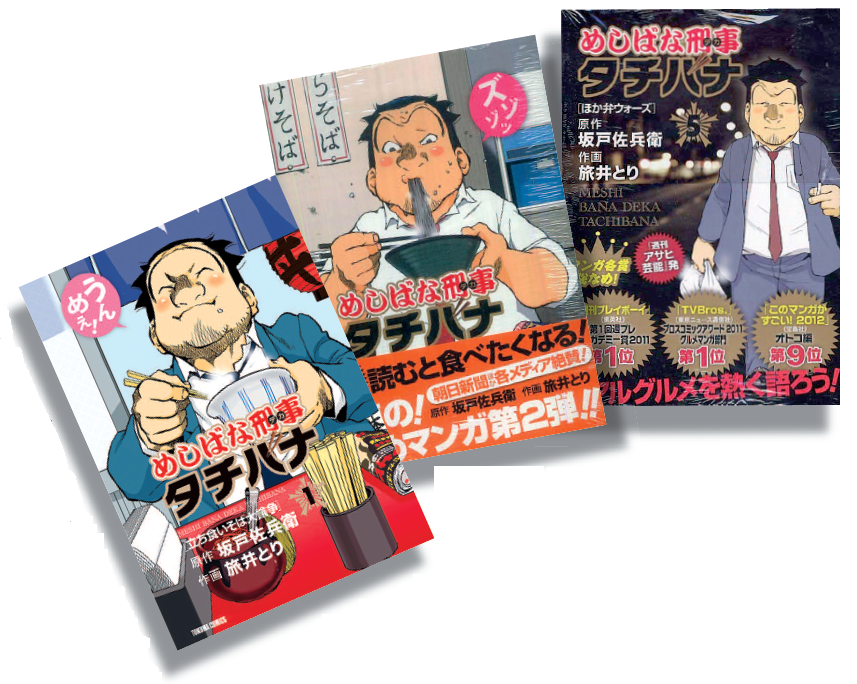



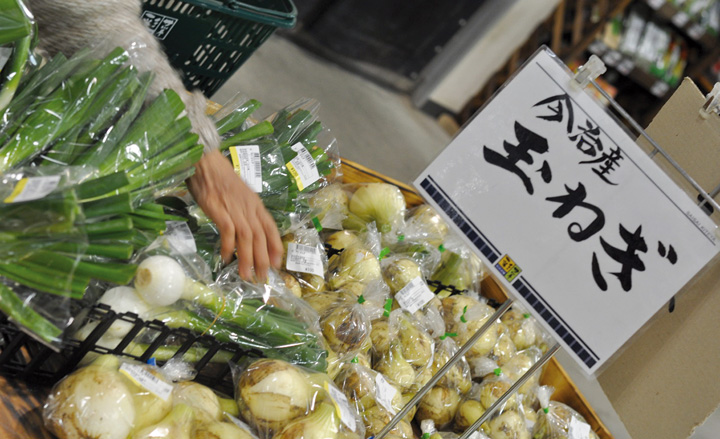

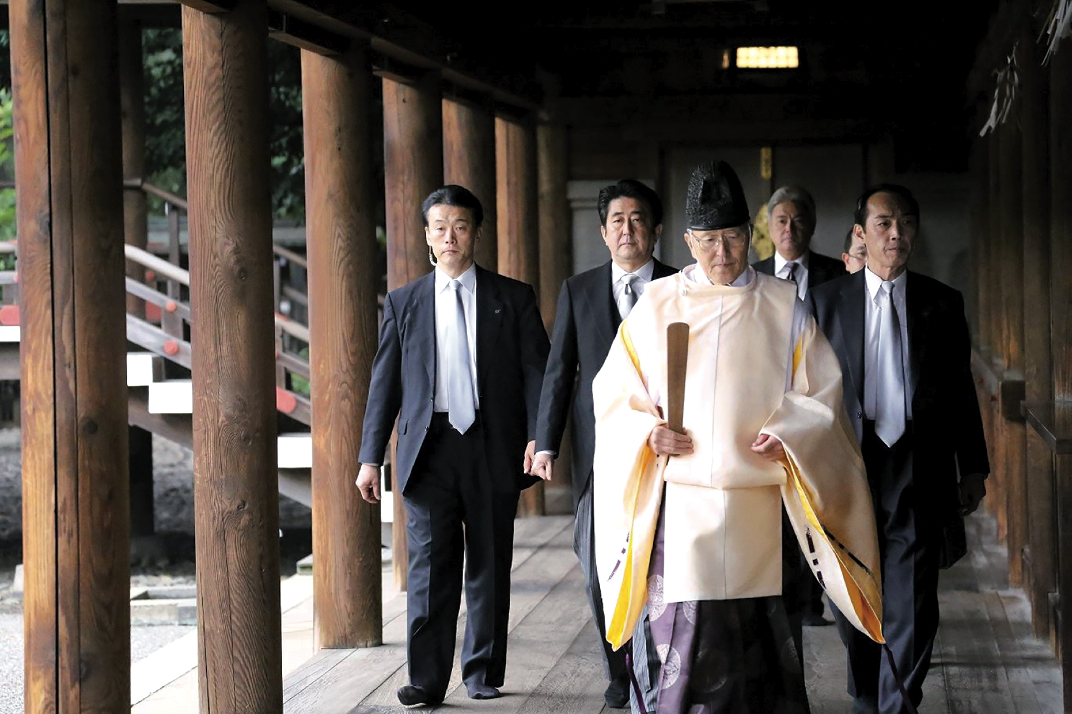
![No51 [MEMORY] A writer who cannot forget](https://www.zoomjapan.info/wp/wp-content/uploads/focus02.png)

